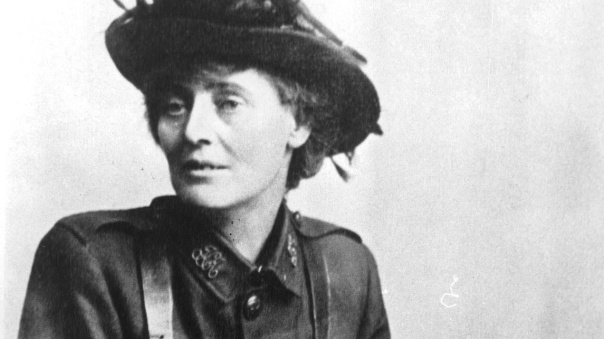
Today I went on an excursion to the Irish Houses of Parliament on Kildare Street (which houses two of the three branches of the Irish legislature – or ‘Oireachtas’ in Irish). The two chambers residing here are the lower house – Dáil Éireann; and the upper house – Seanad Éireann. The other branch is the office of the President – which I have previously visited and blogged about :
https://midnightmurphy.wordpress.com/2016/09/03/taken-up-the-aras/ .
I was invited to pay a visit. Well, when I say I was invited, I requested an invitation from a TD (MP). They are more than happy to invite their constituents to go on the guided tour. It makes them feel worthy I suspect.
As parliament is open during office hours, I booked a day off work. I still have a few of those bad boys to take before the end of the year, so I could spare one.
To make the day worthwhile, I arranged a two hour driving lesson in the morning. Just to lower my spirits. So much to learn. So little confidence in my fledgling ability to steer a ton of metal.
The tour started at 2.30pm. I arrived early, with passport in pocket. The security guard checked it, and sneered over the rim of his spectacles at me and drawled ‘Ah, you’re from Limerick, I see.’
Was I missing something? Had the Republic of Limerick seceded from the state since I went to bed last night?
But no – the guard was also from Limerick. He described the chicken and turkey factory which was the main employer in his village, until it closed some years ago.
What a relief – not least for the chickens.
Our tour – which mainly consisted of a school group of South African exchange students, and elderly Australian couples were taken to a waiting room to await the arrival of our guide.
A friendly gentleman in a snazzy black suit with harp insignia embossed on the lapels entered, and warned us that taking photographs inside was strictly verboten.
We crossed the raised concrete plinth to the entrance. When parliament in session, journalists are allowed to ask questions of politicians while they are standing on this. If they are not, then questions must not be asked. They love to talk, so I reckon there is regularly a scramble among our elected public representatives to straddle the plinth.
The building – Leinster House – is a grand old eighteenth century ducal palace. It’s a country style manor house in the centre of the city. It was built in 1745 by the Earl of Kildare – who held a seat in the then Irish House of Lords on College Green, opposite Trinity College. His wife bore him nineteen children. Upon his death, she married her children’s tutor, Mr Ogilvie, and had another three children. Busy woman. That’s two football teams.
The family sold the house to the Royal Dublin Society in 1815 – group of noble do-gooders, dedicated to the betterment of the poverty stricken natives. They added a lecture hall, which today serves as the chamber for the Dail.
Upon independence, the signatory of the treaty with the British – one Mr Michael Collins, was tasked with finding a parliament building for the new nation. Leinster House was only meant to be a temporary location. But months turned into years, Collins was assassinated, and Leinster House remains the parliament building to this day.

The chamber is instantly recognisable from watching the news, since childhood. The public gallery is separated with glass from the room. The guide explained the layout of the room. No surprises there. I sort of knew it anyway. The exciting part was the proximity to a room which has been visible on television all my life. Sadly the Dail was not in session today, so I didn’t see any of the distinguished reprobates who govern our land.
After answering all our questions – the South African children were very curious, which was heartening, although the fact that this trip meant they were avoiding a double physics class may have helped – our guide asked us to follow him out.
Paintings of past Irish Prime Ministers (Taoisigh) lined the walls of an upper balcony outside the chamber. This balcony was added in the 1960s. President John F Kennedy, of the colonies, was planning a visit to Ireland. Thanks to his old war wounds it was decided that to avoid him having to walk all the stairs to the chamber, a lift would be installed to this new balcony, which is located just outside the chamber. He too was assassinated before his visit. It’s a nice balcony however. Pity he never saw it.

We were then taken to the chamber of the Seanad – or Senate – which is located in the original 1745 building. This room is going to be closed for renovation shortly. It’s much smaller than the Dail, but seeing as there are only 60 senators, compared to 158 TDs it makes sense.

Outside the room is a vast painting of Countess Constance Markievicz. She was a famed Republican from the early twentieth century. She was from Sligo and became the first woman to ever be elected to the British House of Commons. As an Irish Republican she refused to pledge allegiance to the king, so never took her seat. Prior to independence the provisional government of the Irish Republic was formed in 1919. She was the Minister for Labour – the first woman in Europe to be appointed to ministerial office. After her appointment Ireland waited until 1979 before the next female minister took office – Maire Geoghegan Quinn.
Our tour ended in the front hall of the house, before a framed original copy of the Proclamation of the Irish Republic by Padraig Pearse.
We exited the building, into the pelting rain.
Ah. Ireland.
I felt strangely edified.